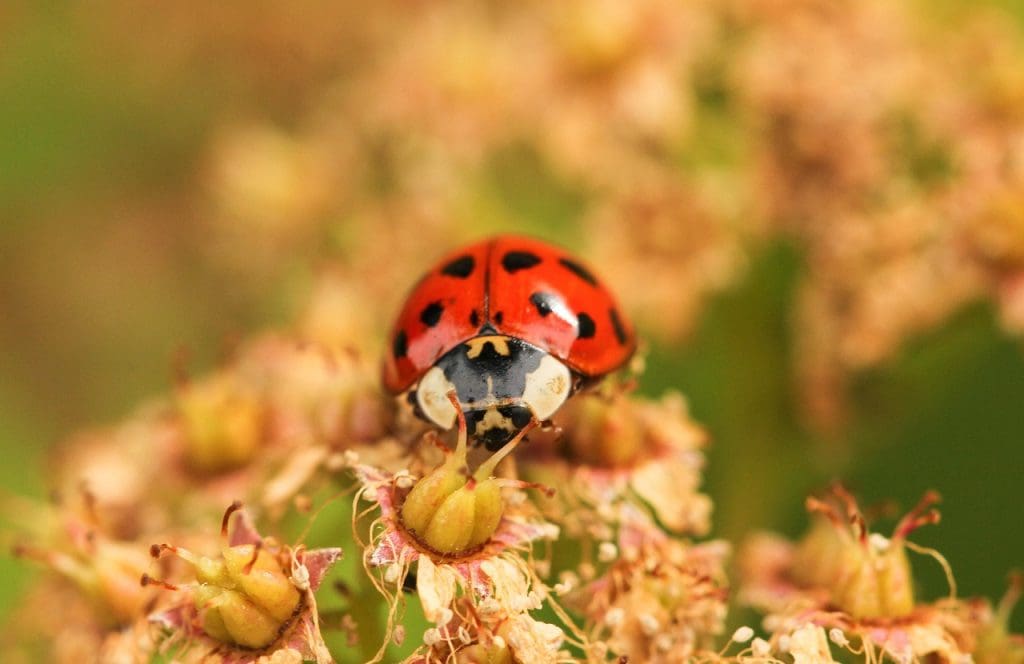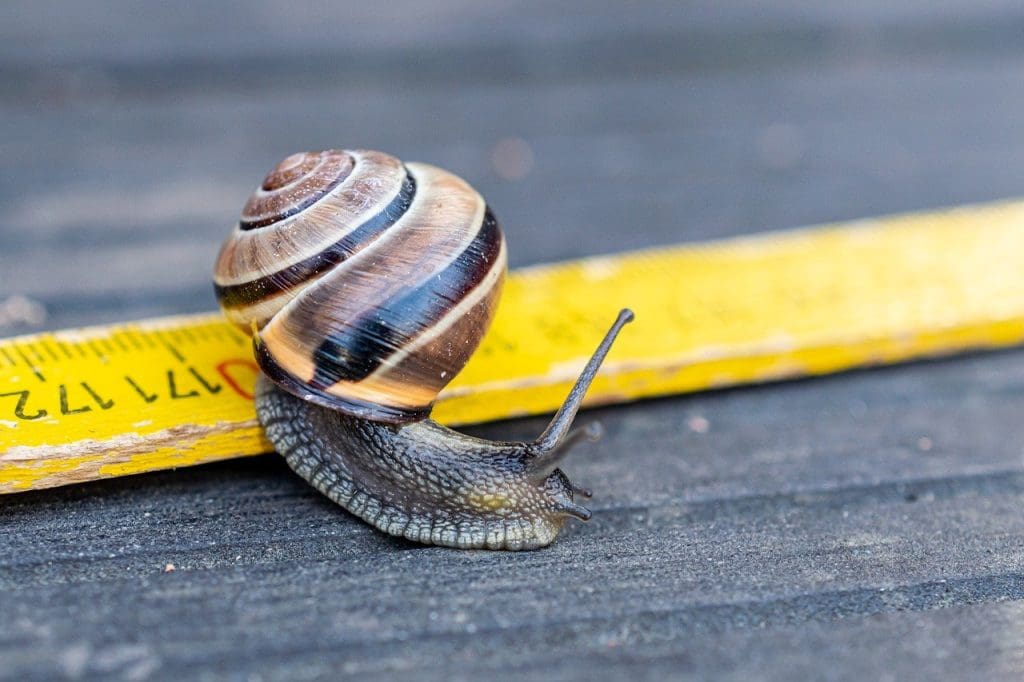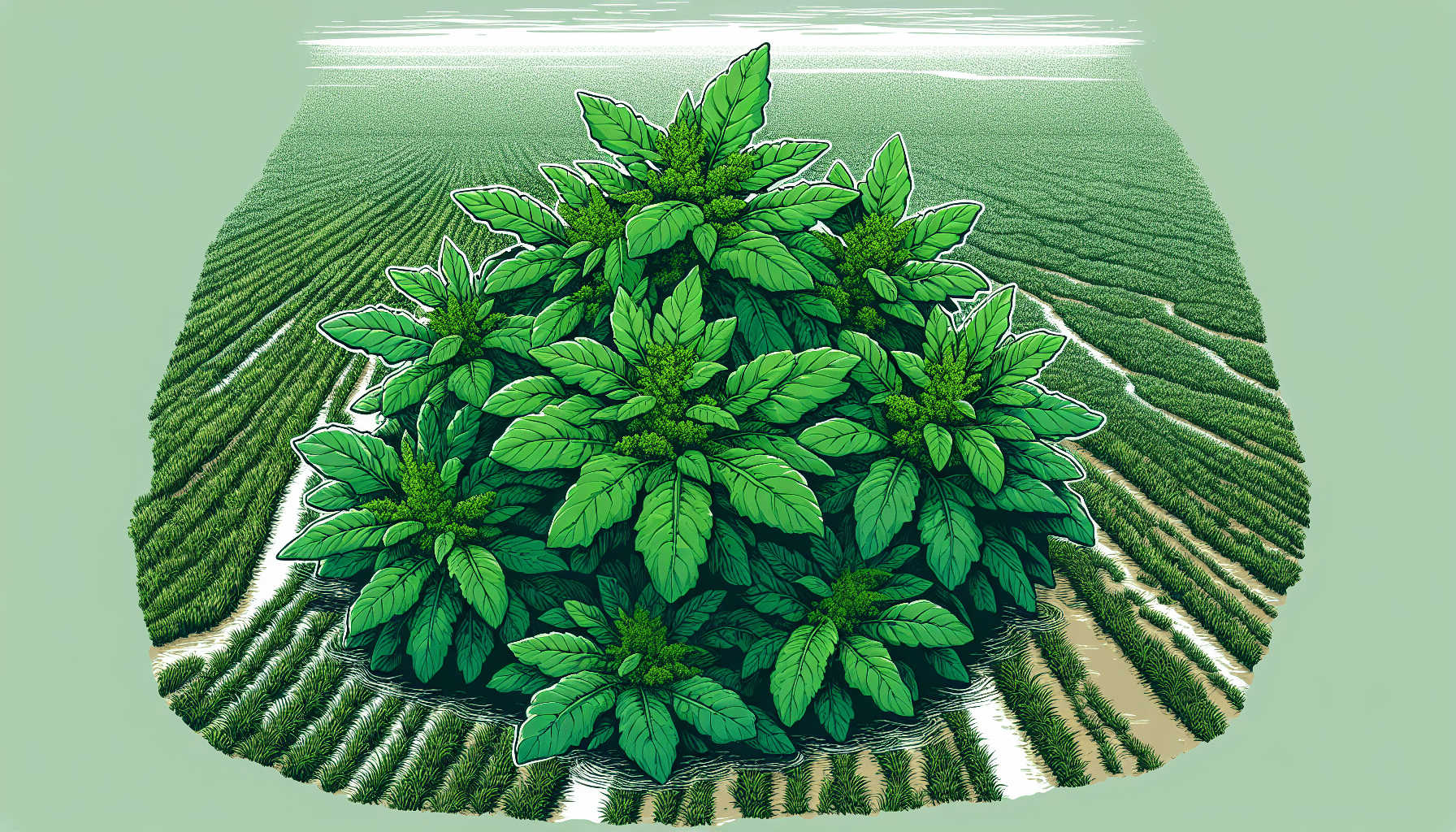Have you ever wondered how a single plant species could have such a profound impact on agricultural lands? You’re about to learn about alligator weed, a formidable adversary to farmers and environmentalists alike. This comprehensive analysis will help you understand the dynamics of this invasive species and its significant impact on agriculture.
Understanding Alligator Weed
Alligator weed (Alternanthera philoxeroides) is an aquatic and terrestrial plant native to South America, particularly the Paraguay River Basin. This plant has made its presence felt worldwide, largely due to its adaptability to diverse environments. As an invasive species, alligator weed thrives in waterlogged areas, damp soils, and sometimes even on dry lands. Its aggressive growth pattern and ability to quickly form dense clusters pose significant challenges for containment and eradication.
The Biology of Alligator Weed
Alligator weed is a perennial plant that can grow up to 1 meter in height. Its stems are hollow and can float on water, allowing it to spread across bodies of water effortlessly. The plant reproduces through fragmentation, creating new plants from broken pieces, making it quite resilient and challenging to manage.
The vibrant green leaves are opposite, lanceolate, and measure up to 10 cm long. During flowering, the plant produces small, white, papery flowers that grow in clusters. Understanding the biology of alligator weed is crucial for developing effective management strategies.
How Alligator Weed Spreads
The spread of alligator weed is attributed to both natural and human-induced factors. Its ability to reproduce via stem fragments allows it to propagate swiftly. Natural events such as floods can disperse these fragments over large distances. Additionally, human activities like boating, fishing, and agricultural practices can unintentionally aid in its distribution.
Natural Dispersal
In natural settings, alligator weed can be spread by animals, water currents, and wind. Its ability to float makes it particularly effective at dispersing through waterways. This characteristic enables the plant to colonize new areas rapidly, forming dense mats that can smother other vegetation.
Human-Induced Spread
Human actions contribute significantly to the spread of alligator weed. Equipment such as boats can transport fragments from one location to another. Moreover, land development and agriculture increase soil disturbance, inadvertently aiding the weed’s propagation.

The Impact of Alligator Weed on Agricultural Lands
The presence of alligator weed on farmlands can have severe consequences, affecting both agricultural productivity and biodiversity. Farmers face numerous challenges in managing this invasive species, which competes with crops for resources and disrupts natural ecosystems.
Competition with Crops
Alligator weed competes directly with crops for sunlight, water, and nutrients. Its dense growth can overshadow crops, reducing photosynthesis and resulting in lower yields. Over time, the presence of alligator weed can lead to significant economic losses for farmers.
| Factor | Impact on Crops |
|---|---|
| Sunlight | Reduces photosynthesis, affecting growth and yield |
| Water | Depletes water resources, stressing crop plants |
| Nutrients | Competes for soil nutrients, affecting crop health |
Impact on Biodiversity
The aggressive nature of alligator weed allows it to dominate ecosystems, often leading to a decline in native plant species. This reduction in plant diversity can have cascading effects on local fauna, as the loss of food and habitat leads to decreased populations of insects, birds, and other wildlife that rely on native plants for survival.
Economic Consequences
The economic impact of alligator weed is substantial. Farmers must invest in control measures, which require time and resources. Moreover, the reduced yield from infested fields can result in lower income, affecting rural economies dependent on agriculture. Additionally, the cost of restoring ecosystems and waterways further strains financial resources.
Management and Control of Alligator Weed
Controlling alligator weed is vital to mitigating its impact on agricultural lands and maintaining ecological balance. However, its resilience makes management challenging. A mix of mechanical, chemical, and biological strategies is often needed for effective control.
Mechanical Control
Mechanical methods involve physical removal of the weed, which can be labor-intensive but necessary for immediate relief. This includes hand-pulling, mowing, and using machinery to cut and collect weed biomass. While effective, mechanical control is temporary and often requires follow-up treatments to manage regrowth.
Chemical Control
Herbicides can be used to control alligator weed populations. However, careful selection and application are crucial to avoiding damage to non-target species and minimizing environmental impact. Herbicides provide a faster solution but are not without challenges, including the potential development of herbicide-resistant weed strains.
Biological Control
Biological control involves the use of natural predators or pathogens to manage weed populations. Research has identified several potential biological control agents for alligator weed, including specific beetles and moths that feed exclusively on this plant. Despite being a promising long-term solution, biological control requires extensive research to ensure it does not harm native species.

Integrated Weed Management Strategies
An integrated approach combining mechanical, chemical, and biological methods often proves most effective. This strategy not only helps in eliminating existing weed populations but also prevents future infestations. Collaboration among stakeholders, including farmers, government agencies, and researchers, is crucial in implementing these integrated strategies effectively.
Prevention and Early Detection
While control measures are essential, prevention remains the most cost-effective strategy. Efforts should focus on preventing the introduction and spread of alligator weed. Education and awareness programs can help landowners recognize early signs of infestation and take prompt action. Additionally, implementing early detection systems can identify outbreaks before they become unmanageable.
Monitoring and Evaluation
Ongoing monitoring and evaluation are critical components of alligator weed management plans. Regular monitoring allows for timely interventions and helps assess the effectiveness of implemented strategies. Evaluating management outcomes additionally helps refine future approaches, ensuring that control efforts remain effective and sustainable.
The Role of Policy and Legislation
Regulatory measures play a crucial role in managing invasive species like alligator weed. Policies aimed at preventing introduction, facilitating coordinated management efforts, and promoting research can significantly enhance control efforts.
International Cooperation
Global collaboration is essential in managing invasive species that do not adhere to geographical boundaries. Sharing knowledge, resources, and technologies can aid in developing effective management strategies across countries, particularly in regions with shared ecosystems.
National and Local Policies
At national and local levels, policies should focus on providing resources for research and management, enforcing restrictions on the transport and sale of alligator weed, and supporting communities affected by its impact. Encouraging public participation and fostering partnerships with stakeholders are also critical components of effective policy implementation.

The Future of Alligator Weed Management
The challenge posed by alligator weed is ongoing, requiring innovative approaches and sustained commitment. Advances in technology, including remote sensing and genetic modification, offer promising tools for future management.
Technological Innovations
Remote sensing technology can help in mapping and monitoring weed infestations, allowing for more precise control measures. Additionally, genetic research may lead to the development of crop varieties resistant to competition from alligator weed, further securing agricultural productivity.
Community Participation
Engaging local communities in management efforts can enhance the success of control programs. By involving those directly affected by alligator weed, programs can better tailor solutions to specific regional conditions and ensure that interventions are practical and effective.
As you can see, the fight against alligator weed is complex but necessary for the preservation of agricultural lands and biodiversity. Through understanding, concerted management efforts, and the development of innovative solutions, it is possible to mitigate the impact of this pervasive weed and restore balance to affected ecosystems.
